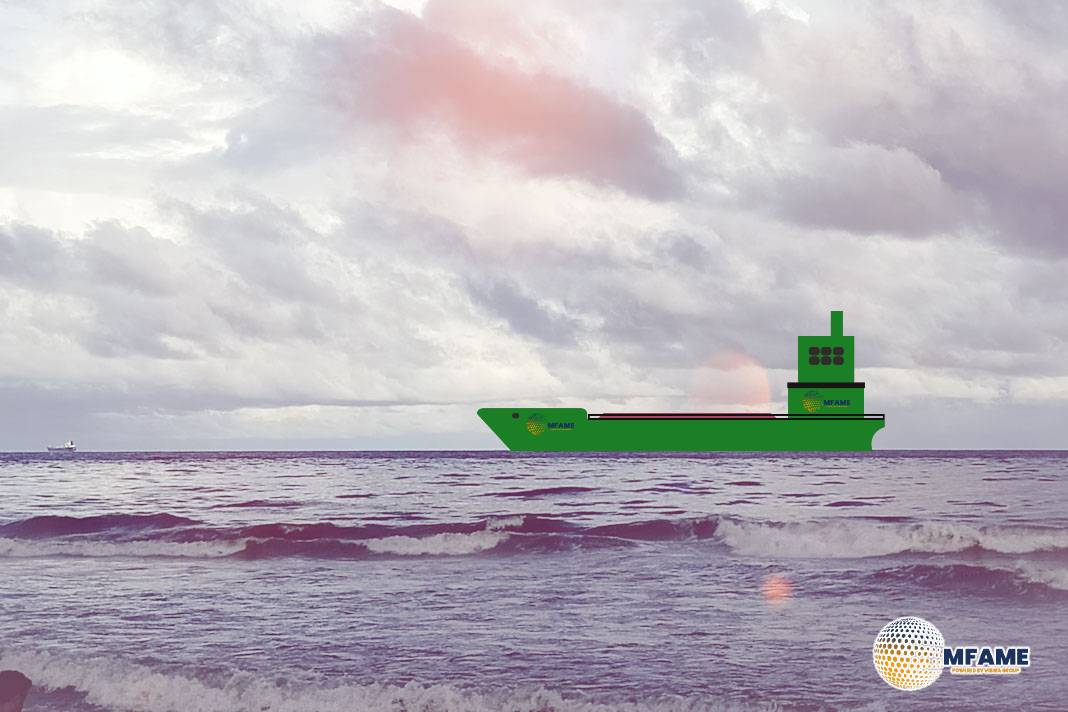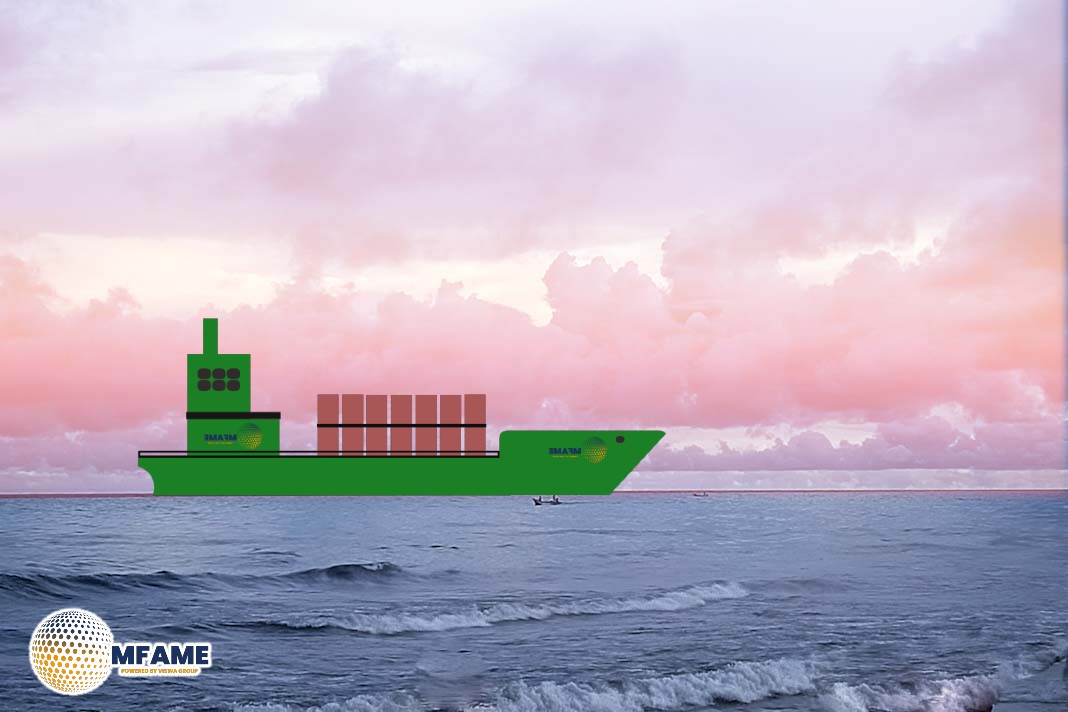The Nautical Institute offers ten essential tips for safer anchoring. It emphasizes the importance of planning, monitoring, and understanding anchorage procedures.
1. Relax…
Time at anchorage may offer seafarers respite away from the challenges of adverse weather and heavy traffic at sea.
2. …Don’t do it
Don’t relax too much, that is! The process of anchoring and being at anchor are not without risk and can account for many insurance claims. Continually monitoring your position and those of nearby vessels ‘by all available means’ is crucial.
3. Planning makes perfect
Being aware of good and safe anchorage processes should be a key part of passage planning, even as a contingency planning exercise.
4. Forewarned is forearmed
Check the forecast for weather, wind, areas of lee, tide range, currents and any expected changes in conditions well before anchoring commences.
5. Limited capability
Anchors are not magic. They are designed for temporary use within harbours and sheltered areas. Anchors may be part of your emergency response plan, but the chain, windlass and anchor itself all have their limits.
6. Deep water
Anchors and chains can become very heavy in deep water. Care must be taken when dropping and retrieving the anchor.
7. Contingency planning matters
Always have contingency plans in place when standing an anchor watch. These may include calling the Master, putting engines on standby, letting out extra chain, dropping a second anchor and alerting other vessels/VTS in the area.
8. Monitor
Constantly monitor your own position (and that of other vessels nearby) using all visual and technological means available to you. Listen to the VHF and VTS to anticipate the movement of other vessels into and out of the anchorage.
9. Anchoring awareness
Shipowners and Masters should ensure that Chief Mates get the opportunity to be mentored in anchoring while on the bridge in order to hone their skills for the future.
10. Observe and understand
All bridge staff can learn from every anchoring experience; watch what works well, discover how risks are mitigated and never hesitate to ask questions – after the event.
Did you subscribe to our daily Newsletter?
It’s Free Click here to Subscribe!
Source: The Nautical Institute
















